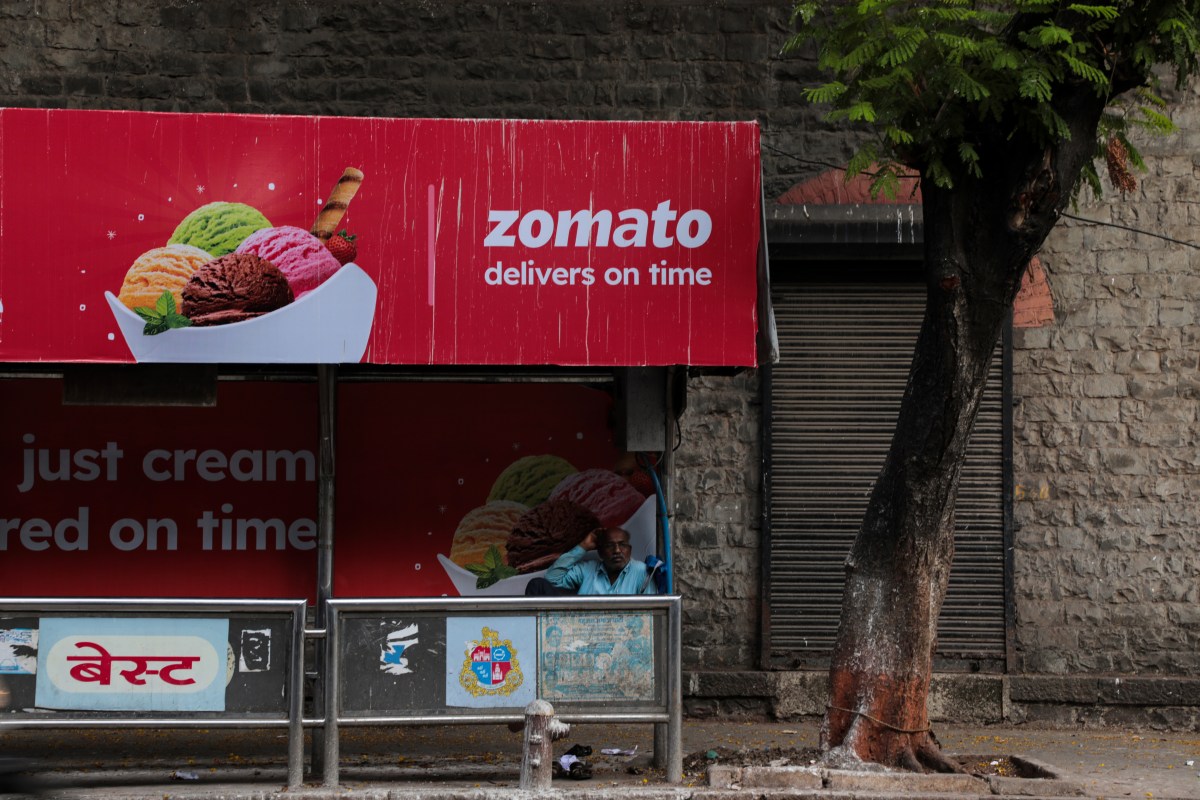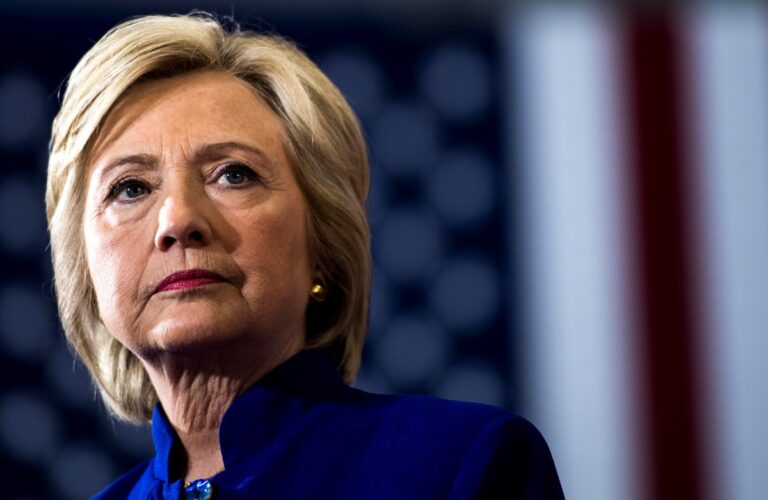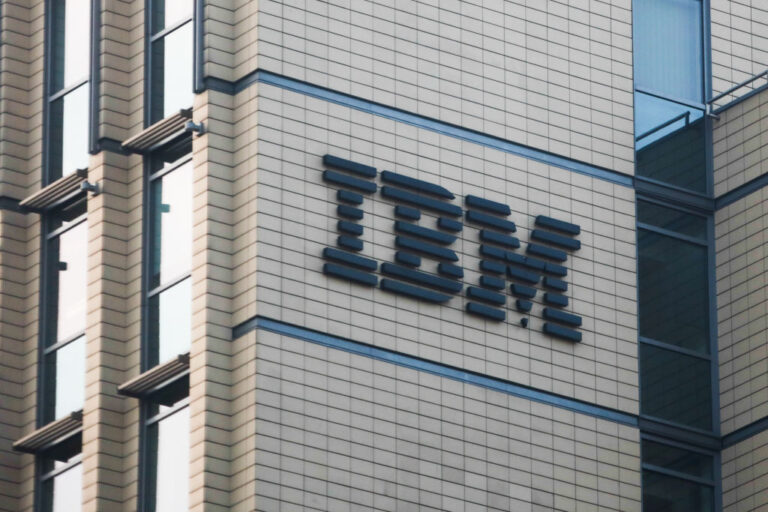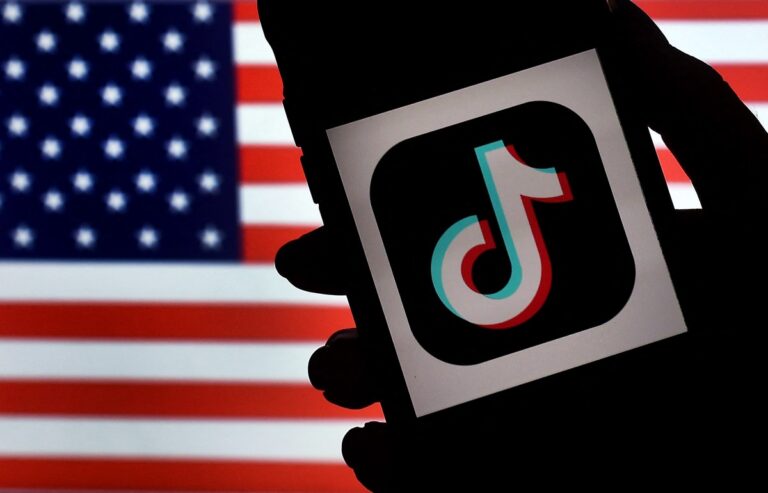Blinkit Braces for Intense Competition in India’s Quick Commerce Market: What It Means for Consumers
Zomato’s quick-commerce platform, Blinkit, is rapidly expanding its presence in India’s competitive instant delivery market. Despite this aggressive growth, the company anticipates that losses will continue to mount as it faces increasing competition. In this article, we’ll explore Blinkit’s expansion plans, the competitive landscape, and the implications for the future of quick-commerce in India.
Blinkit’s Ambitious Expansion Plans
Blinkit is on a mission to significantly increase its operational footprint. The company aims to establish up to 2,000 dark stores—small warehouses located in residential neighborhoods dedicated to fulfilling online orders—a year ahead of its original timeline. By the end of December, Blinkit surpassed its expectations with over 1,000 operational dark stores.
Recent Growth and Financial Implications
In the last two quarters, Blinkit has added:
- 368 new dark stores
- 1.3 million square feet of warehousing space
This rapid expansion has led to substantial financial losses, with the company reporting a loss of ₹1.03 billion (approximately $11.9 million) in the third quarter of the current financial year.
Intensifying Competition in Quick-Commerce
According to JPMorgan, the quick-commerce sector in India is currently in a “land grab mode.” Companies are aggressively pursuing strategies focused on:
- Store rentals
- Product discounts
- Loyalty programs
Major players, including Zepto, are also expanding their dark store networks faster than expected, intensifying competition across the sector.
Impact on the E-Commerce Landscape
Quick-commerce companies deliver a range of products—from groceries and household items to electronics—within a time frame of 10 to 15 minutes. This rapid service is reshaping the Indian e-commerce market, compelling established platforms to adapt their supply chains to meet changing consumer demands.
Akshant Goyal, Zomato’s CFO, acknowledged that while the expansion of dark stores may lead to short-term profit challenges, the long-term growth outlook remains optimistic, projecting growth rates exceeding 100% through FY25 and FY26.
Challenges from Competitors
Amidst the competitive landscape, Flipkart has launched its own quick-commerce service, setting up over 100 dark stores. Moreover, Amazon recently initiated a pilot quick-commerce service in India. Swiggy, another major player in this sector, went public in late 2023, marking one of the largest tech IPOs of the year.
Customer Loyalty and Market Trends
Despite competitive pressures, Blinkit’s core customers remain dedicated, contributing to one-third of the platform’s gross order value in December. However, the company has noted that competitive dynamics are affecting its profit margins. Blinkit expects that its investments in the current store network will ultimately lead to significant returns as the business scales.
The Future of Quick-Commerce in India
The expansion of Blinkit comes at a time when Zomato’s core food delivery business is experiencing slower growth, with only a 17% increase in the third quarter compared to the previous year. In contrast, quick-commerce has seen a remarkable surge of 120%.
For more information on the evolving landscape of quick-commerce in India, visit our insights page or read about the latest developments in the sector on Forbes.







